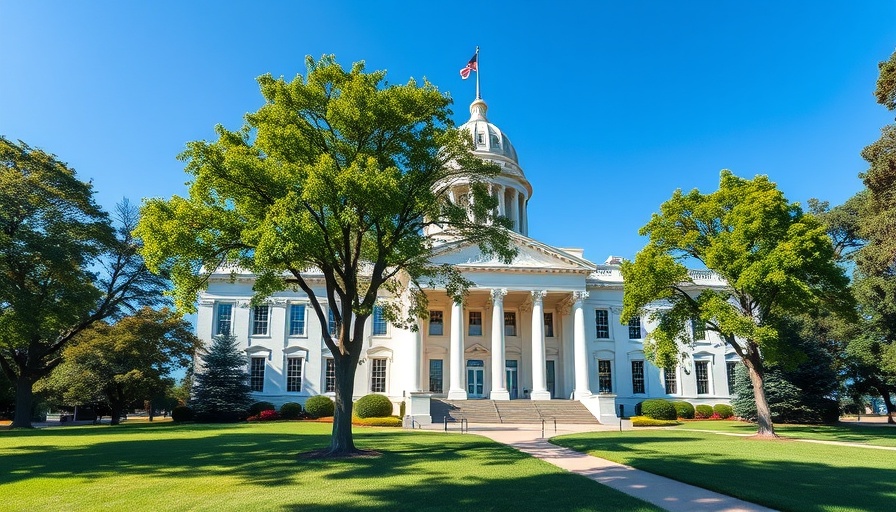
The Economic Divide: Understanding Tariffs and Inflation
The recent Federal Reserve minutes surprisingly illuminated the ongoing debate among economists regarding the implications of former President Trump’s tariffs on inflation. This division among policymakers underlines a broader discussion about the impacts of protectionist policies, especially in a rapidly evolving economic landscape.
Historical Context: Tariffs and Their Role in Economic Policy
Understanding the current situation requires a look at the historical context of tariffs in the United States. Historically, tariffs have been used as a tool to protect domestic industries. The Smoot-Hawley Tariff Act of 1930, for instance, raised tariffs on hundreds of imports to protect American businesses. However, this backfired, leading to retaliatory tariffs from other nations and deepening the Great Depression. Today, lessons from the past remind us of the potential risks and benefits tied to tariffs.
Current Perspectives: Policymaker Views on Tariffs
The Federal Reserve minutes highlighted the divide, with some members arguing that tariffs could lead to upward pressure on prices, contributing to inflation. Proponents of this view cite the increased cost of imports that businesses face due to tariffs. On the other hand, some argue that in the long term, these policies could stabilize domestic industries, preventing job losses in certain sectors. This pull between short-term inflation risks and long-term economic stabilization presents a complex challenge for current economic policies.
The Impact on Local Business: Bay Area Implications
In the Bay Area, which houses a significant number of startups and established businesses, the effects of tariffs are felt directly. Silicon Valley’s tech sector often relies on international supply chains and overseas production. Increased tariffs on materials can lead to higher costs for local businesses, which may ultimately be passed down to consumers. Reports suggest that businesses are already adapting to these changes by seeking alternative suppliers or even shifting their sourcing strategies entirely.
Future Predictions: What Lies Ahead for Businesses?
Looking ahead, experts are split on the long-term implications of these tariffs. Some predict a potential trade war that could destabilize the Bay Area economy, given its reliance on international trade and venture capital funding. Alternatively, if policymakers adjust tariffs in response to economic indicators, local economies—including emerging startup ecosystems—might find new opportunities for growth in a restructured market. Future economic forecasts will likely continue to examine this delicate balance.
Actionable Insights for Businesses and Entrepreneurs
For entrepreneurs and local businesses, understanding the implications of tariff policies is crucial. It's advisable to consider diversifying sources and building more resilient supply chains that can absorb changes in import costs. Additionally, staying informed about market analysis and the evolving regulatory landscape will help businesses navigate potential challenges. Companies that adapt strategically are more likely to thrive in this fluctuating environment.
Conclusion: The Need for Vigilance in Business Planning
As the Bay Area continues to be a melting pot of innovation and business, understanding the nuances around tariffs and inflation will become paramount. The business landscape remains dynamic, and those informed and prepared to adapt will find paths to success amidst the uncertainty of changing economic policies.
 Add Row
Add Row  Add
Add 



Write A Comment